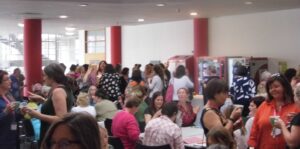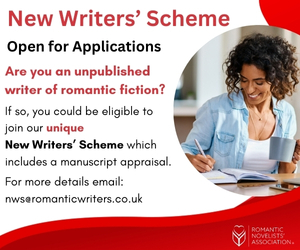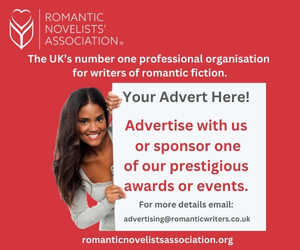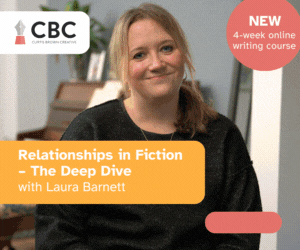Industry Expertise At The RNA Annual Conference
26 July 2019
 Agents, editors, publishers and other industry professionals were well-represented at this year’s conference, held at Lancaster on a lovely July weekend. Some of them will be interviewed for the blog in the coming months, but meanwhile, here is a taste of the wide range of advice, information and inspiration they gave us during the weekend.
Agents, editors, publishers and other industry professionals were well-represented at this year’s conference, held at Lancaster on a lovely July weekend. Some of them will be interviewed for the blog in the coming months, but meanwhile, here is a taste of the wide range of advice, information and inspiration they gave us during the weekend.
Brand-building for authors:
Broadly, identify what makes you different, your author persona, including the core values in your books, what emotions you want the reader to associate with your writing, and any recurring themes in your book reviews. Consider how this can be consistently communicated on your book covers, website and social media, portrayed through chosen use of colours and fonts, banners etc. Sell the benefits of reading your book (rather than simply the description of its contents). Market yourself by sharing something of the person behind the books, network, attend events and woo the local press.
Cover design:
DO:
- Show the book’s genre—this is the most important message
- Provide cover artist with a simple brief describing genre, location and two main protagonists
- Use a good photo and genre specific typography; check out samples of similar books in your genre
- Remember the split second rule—a quick glance at the cover but it’s the blurb on the back that sells the book
- Create the right balance between familiarity and individuality, so your cover identifies the genre but also stands out as different
DON’T
- Be too particular about the cover details matching the narrative precisely
- Use banners—better to marry type and picture together
- Print to close to edges
- Give too much information in print or make print too large
- Use clipart images that declare I am home-made
Emotions—putting them on the page
Important to describe body language and tone of voice as this portrays feelings more than the words spoken. Research shows that the same neurological regions of the brain are stimulated when reading a particular scenario as when experiencing it for yourself. Good emotional writing stimulates feelings in the reader much more than if they watch the scenario portrayed on screen. When experiencing strong feelings of either love or hate the same parts of the brain are engaged. A romance needs to include emotional conflict and obstacles that prevent a happy resolution, but these should be varied in intensity and situation and not be repetitive.
Opening page of your book—how to hook in the reader (and the agent, publisher etc):
DO:
- Keep it simple
- Keep it in the now rather than give back-story
- Create some intrigue therefore curiousity
- Use precise detail/strong images to draw reader into that world
- Give reader some emotional connection to the character/s
- Be different
DON’T:
- Overdo the description
- Use clichés
- Ask the first page to do too much work—less is more
- Try too hard (to get a lot of information in or to be funny)
- Be too bland or lacking in energy
- Tell rather than show
EXAMPLES of good openings: check out Our Mutual Friend, The Tenderness of Wolves and The Thorn Birds
Trends in romance publishing:
Romance has a fairly steady annual turnover of around £20m (=7% of total paperback sales in 2018), but this may be understated given that some high-selling books that could be deemed romance are NOT so classified. The largest categories were General/Literary (36%) and Crime (30%). Romance books are not reviewed as much as other genres. Growth areas for romance include sagas featuring working class voices; stories featuring on-line dating, flat share, and authentic love triangles; steamy romance; and romantic suspense. All the professionals on this panel called for more diversity in both the publishing industry and its products.
Suggested resource books for authors:
- Being a Detective: An A-Z Readers’ and Writers’ Guide to Detective Work by Stephen Wade and Stuart Gibbon
- The Crime Writers Casebook: A reference guide to police investigation past and present by Stephen Wade and Stuart Gibbon
- Reading the Romance: Women, Patriarchy, and Popular Literature by Janice A Radway
- The Emotional Thesaurus: a writer’s guide to character and expression by Angela Ackerman and Becca Puglist
- The Hero with a Thousand Faces by Joseph Campbell
- The Virgin’s Promise: Writing stories of feminine creative, spiritual and sexual awakening by Kim Hudson
Podcast for fiction writers:
Death of 1000 cuts by Tim Clare
Sources for photos:
Affinity Photo
Photoshop
*
Hope you find something useful from the above!
Compiled by Susan Leona Fisher (Website: http://www.SLFisherAuthor.co.uk)
Conference photo by John Jackson




